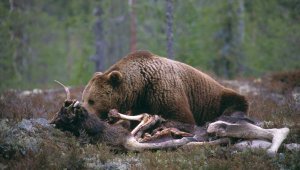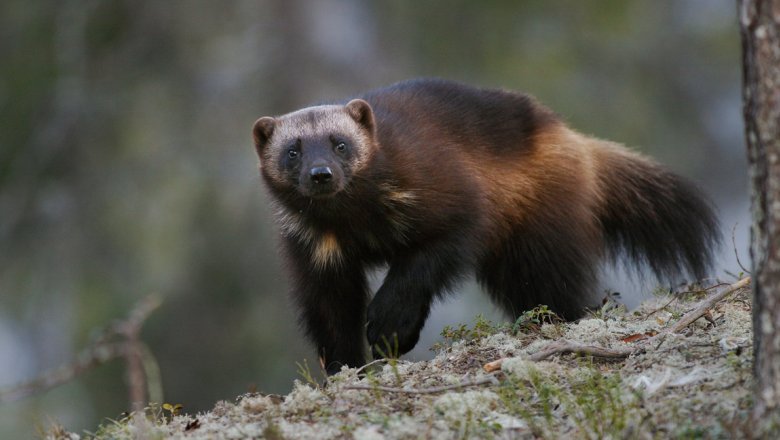Wolf and wolverine are endangered in Finland because of their very small and restricted populations. The main cause for them being endangered is hunting. Besides this, climate change is a threat to wolverine.
Brown bear was classified as near threatened.
In the assessment conducted in 2019, the endangerment status of wolf, brown near and wolverine stayed the same as before. Lynx is no longer included in the Red List. The previous assessment was published in 2015. Read about the endangerment of species in The 2019 Red List of Finnish Species (in finnish). Read more about the Red List online service at punainenkirja.laji.fi/en.
The endangerment categories of the IUCN Red List are:
- Regionally extinct (RE)
- Critically endangered (CR)
- Endangered (EN)
- Vulnerable (VU)
- Near threatened (NT)
- Data deficient (DD)
Endangerment criteria:
A. Population size reduction
B. Geographic range in the form of either extent of occurrence and/or area of occupancy
C. Small population size and continuing decline, fragmented or extreme fluctuations
D. Very small or restricted populations
E. Quantitative analysis of the probability of extinction
Wolverine
The wolverine was classified as endangered (EN). The reason for this is the small size of the population. The annual growth of the wolverine population has been only 4.7 % between 1978 and 2006.
Wolf
Wolf was classified as endangered (EN)because of the estimated population size of less than 250 individuals that are capable of breeding. The Finnish wolf population has always been considered as the western part of the large wolf population of Russia.
Brown bear and lynx
Brown bear was classified as near threatened (NT) because of the small size of the population (less than 1,000 individuals that are capable of breeding). Based on the assessment criteria, the endangerment status was downgraded by one step because of immigration from outside Finland.
Of the large carnivore populations in Finland, lynx is the most abundant. In recent years the trend in the population of both lynx and brown bear has been positive.


